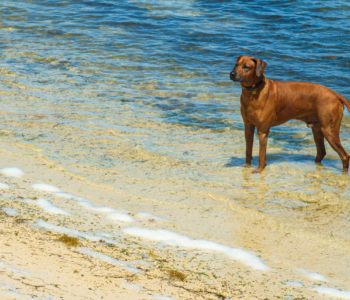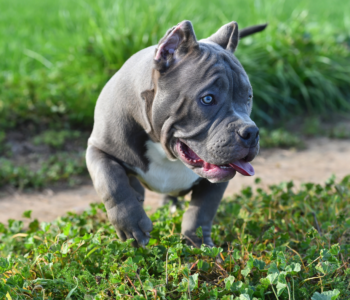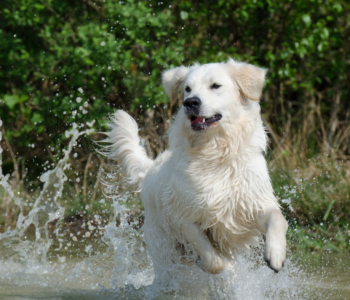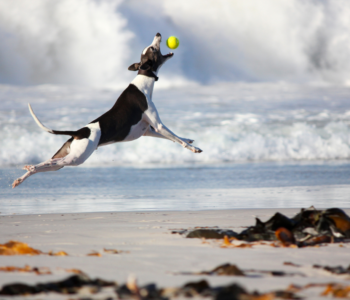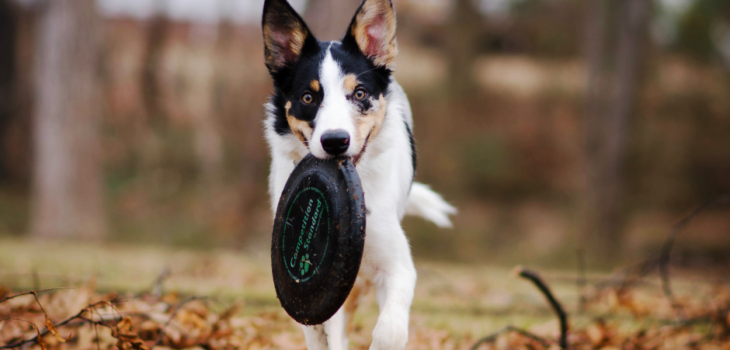 dog behaviour,
dog behaviour,
The emotional cost of a reactive dog
Trying to manage a reactive dog can be stressful. It changes the dynamics in the household, and slowly but surely everything starts to revolve around it.
Having a reactive dog affects everything
The first thing that goes is taking your dog out for a walk. The dream you had of taking your dog out on enjoyable country walks or to the beach, goes out the window.
Next is your confidence. You get so much advice from people who love to tell you everything you’ve done wrong. You start to doubt yourself. Should we have done puppy classes, am I strict enough? It’s a long list.
Add in a little regret that you can’t admit to. You love your dog, you want the best for him, but this isn’t how you imagined owning a dog was going to be.
Physical health can be the next on the list, if your dog is medium to large then trying to manage a dog that is pulling and spinning on the end of a lead can cause issues with your back, shoulders, and other joints. If they are jumping, you also risk being scratched and if they are red misting, you might even worry about an unintentional bite.
Then you join the Midnight Walkers or the Early Riser club, the band of dog owners who sneak out at odd times of day or night to walk their dog in the hope of not meeting anyone else.
You are a hero
If any of this chime with you, I empathise. Owning a reactive dog can be a challenge. You are a hero for not giving your dog up and for looking for solutions. And there is a solution, a way to unpick your dog’s emotional response to seeing another dog. Reactivity is a response driven by frustration or anxiety & worry. We need to build your dog’s confidence, teach them to ignore other dogs, build their tolerance of novelty and help them become more optimistic. Make better decisions for themselves about what to do when faced with events.
Confidence all round
And we need to build your confidence, show you some useful moves to get you out of dodge. The best way to manage the situation while we work on dogo. Once you understand why they do what they do life becomes a whole lot easier.
This isn’t something that can be trained by trudging up and down in a field or by putting on a specific collar. In fact, these gadgets can add the stress of pain and discomfort to an already volatile situation, and they don’t teach your dog anything.
It’s dog behaviour. You need to understand what is going on in your dog’s head. We need to fix it there.
